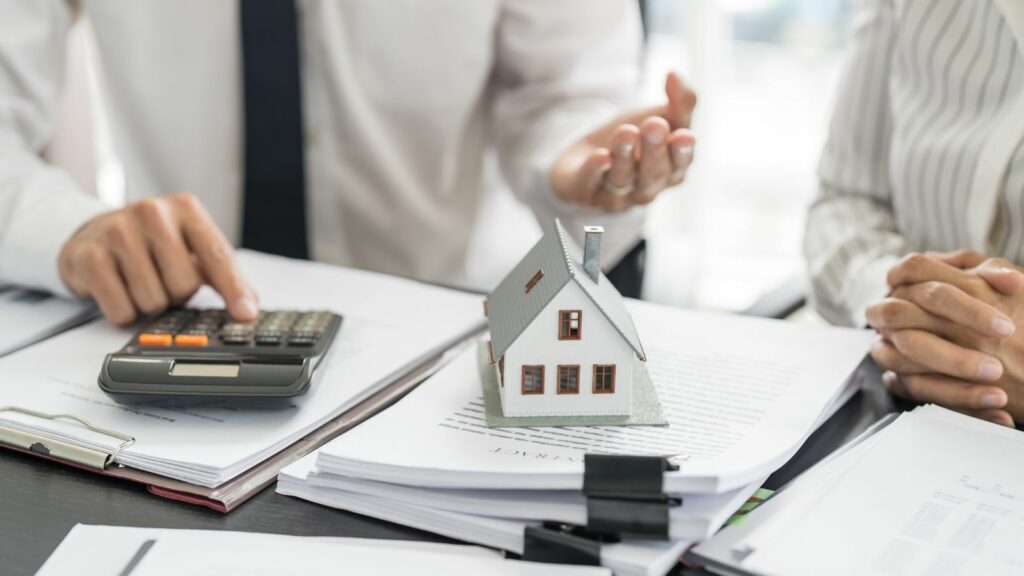Buying a home is one of the most significant financial investments many people make in their lives. While most new homeowners budget carefully for the down payment, monthly mortgage payments, and moving expenses, it’s easy to overlook or underestimate the range of additional costs. Here’s a closer look at some of the lesser-known financial traps new homeowners commonly encounter, with insights on how to avoid or manage them.
Homeowners Association (HOA) Fees
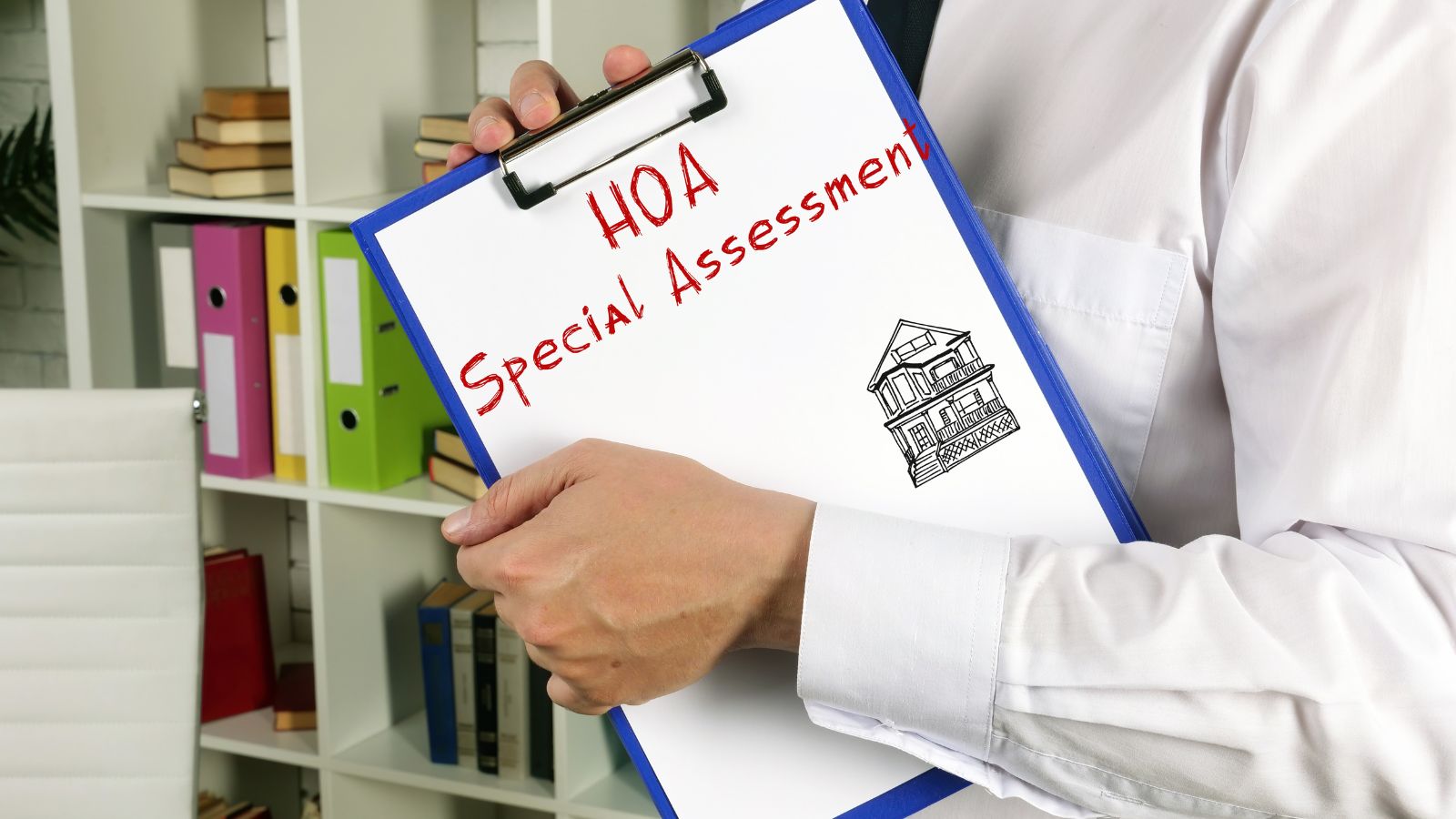
Homeowners Association (HOA) fees are common in condominiums and planned communities and fund shared amenities and services. However, these fees vary significantly and often come with additional assessments for major repairs or projects. It’s crucial to understand the HOA structure and factor these fees into your monthly budget. Additionally, HOAs may require approval for certain changes or improvements, which can sometimes add further costs.
Increased Property Taxes After Home Improvements
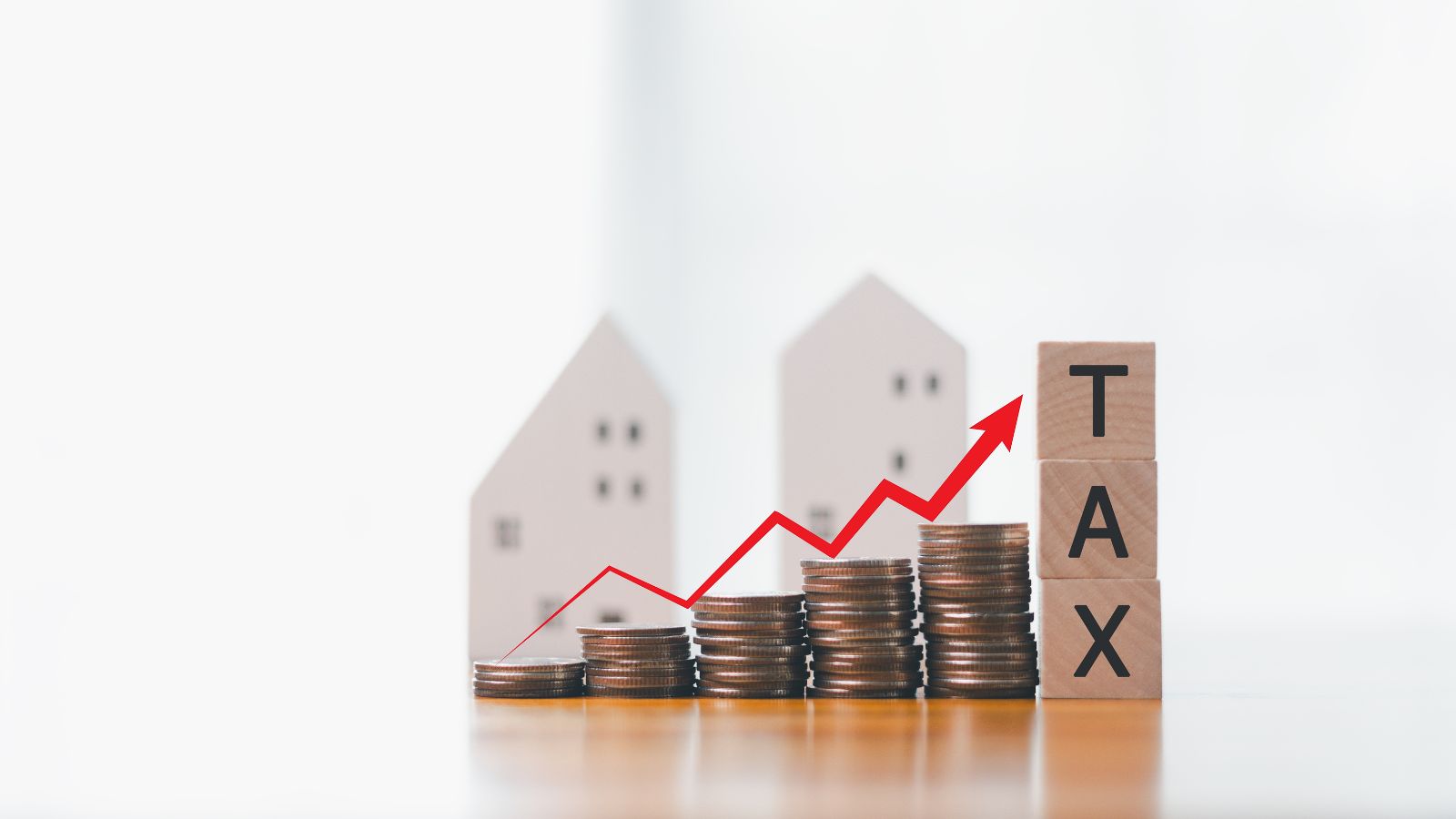
Many homeowners improve their property to increase comfort or add value, but improvements like adding a deck, finishing a basement, or upgrading a kitchen can result in increased property taxes. Local assessors may re-evaluate your property based on these enhancements, which could lead to a higher tax bill. Before undertaking significant projects, research how these changes will impact your taxes.
Unexpected Repairs and Maintenance

While new homeowners may expect minor repairs, they may not budget for more significant maintenance costs, especially for items like the roof, plumbing, or HVAC system. It’s wise to set aside 1-2% of the home’s value annually for maintenance, as these costs can add up quickly, especially in older homes or areas with extreme weather.
Rising Utility Costs
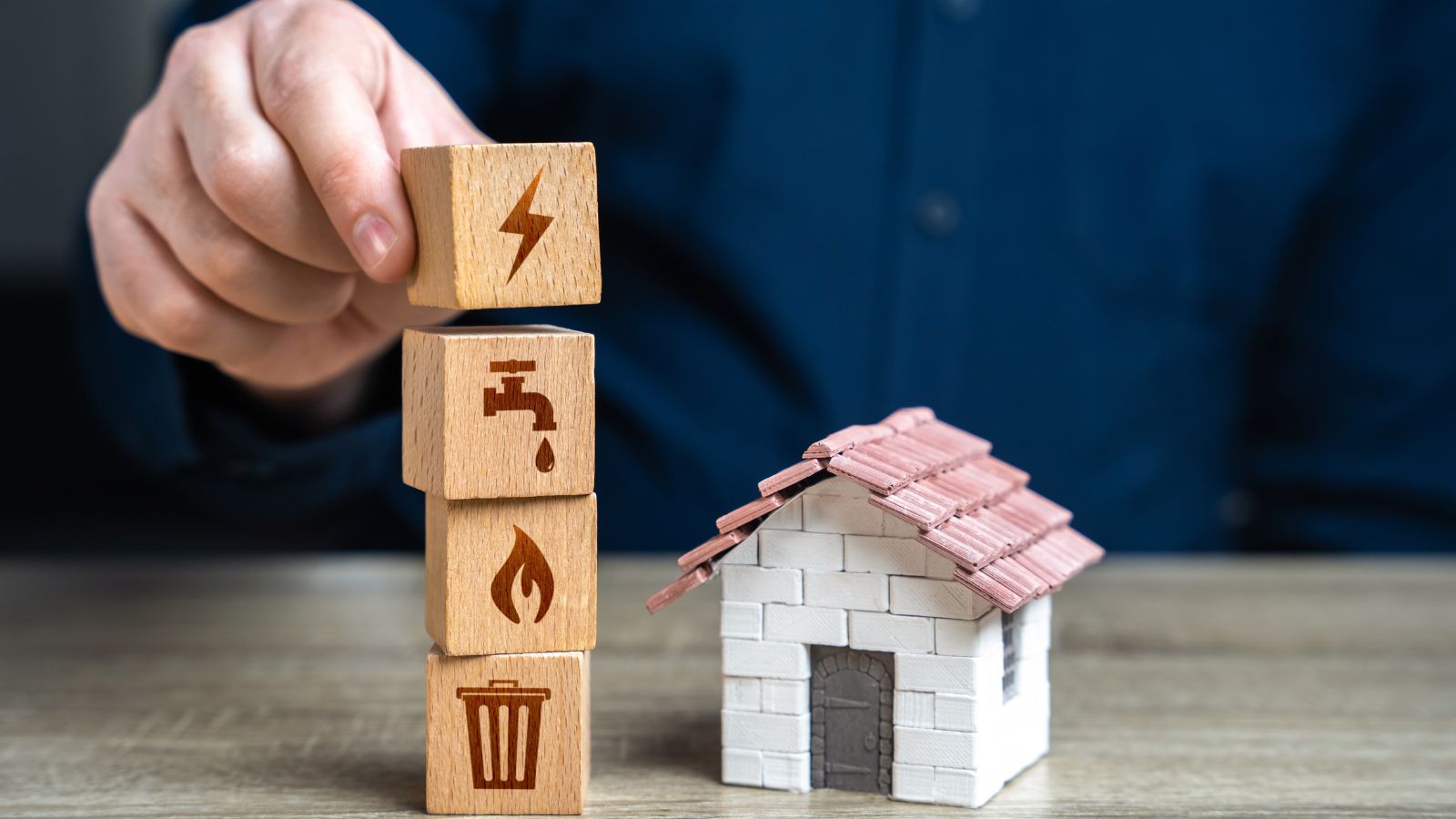
Transitioning from a smaller rental to a larger home often results in higher utility bills, with increased expenses for heating, cooling, water, and electricity. Take advantage of energy audits and consider energy-efficient upgrades, such as insulation and smart thermostats, to help manage these costs over time.
Landscaping and Lawn Care
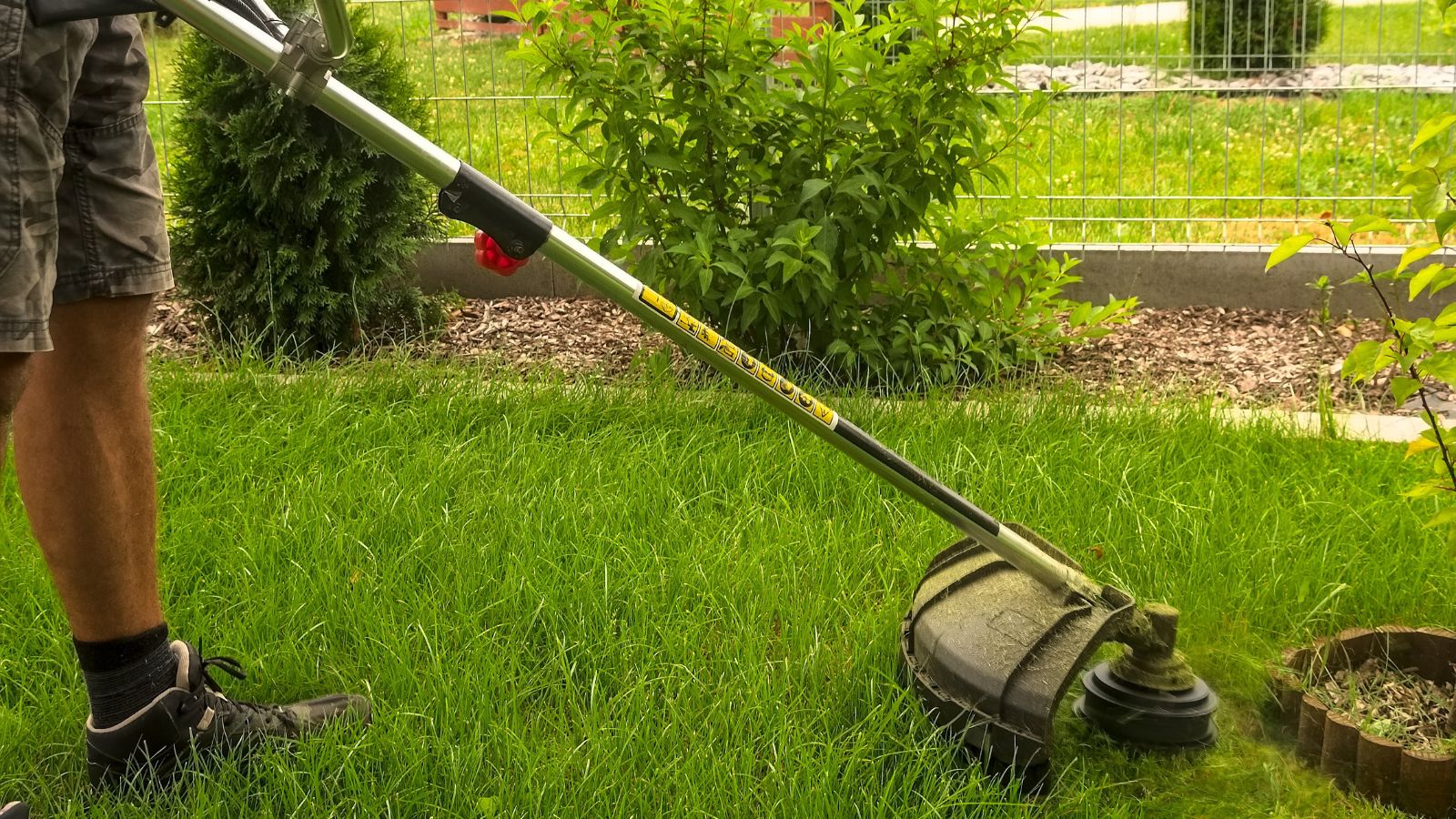
For new homeowners with a yard, landscaping costs can be surprising. Mowing, trimming, and seasonal maintenance can quickly add up, particularly if the property requires irrigation or has mature landscaping that needs upkeep. You may also need to budget for professional services or equipment, especially if you’re new to outdoor maintenance.
Pest Control Services
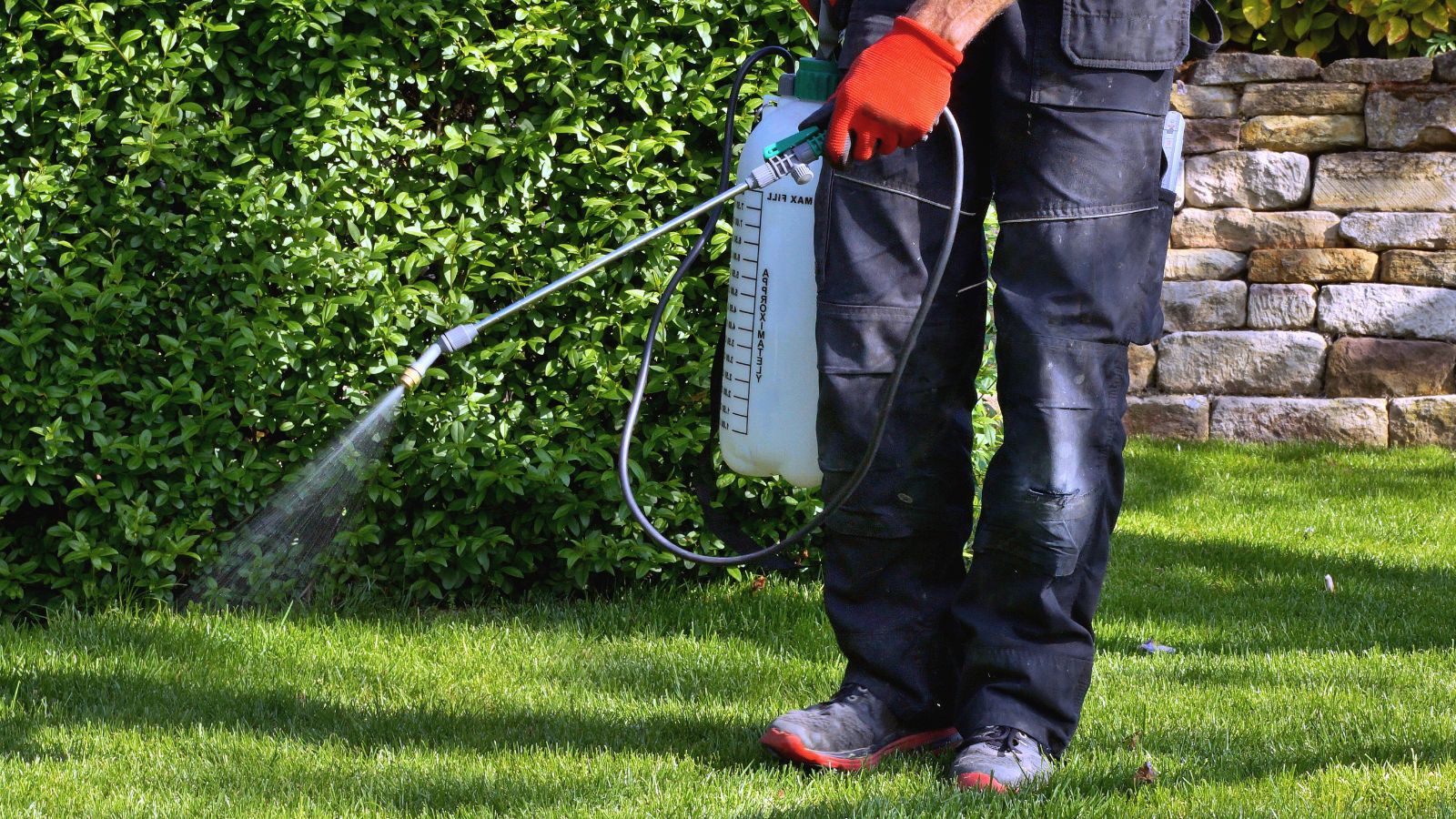
Many areas require regular pest control, as infestations can quickly become a costly issue if not managed early. Setting up periodic pest inspections and treatments can help prevent larger, more expensive issues. However, these services still represent an additional cost that should be considered.
Insurance Premium Increases
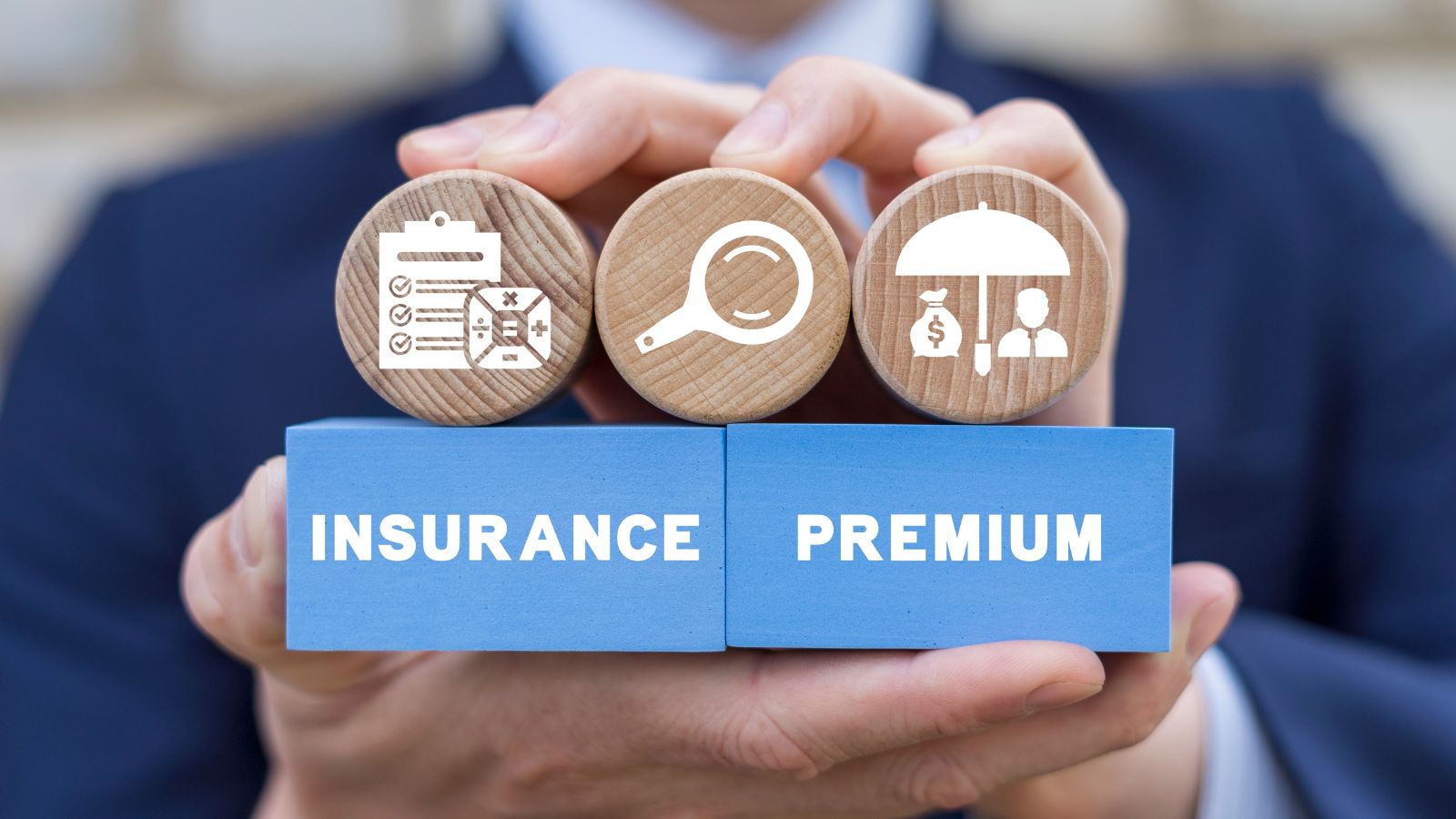
Changes in the insurance market, home age, or claims history can cause a rise in home insurance premiums over time. Some homeowners also experience higher premiums after renovations, which can increase the value of the home and, consequently, the insurance coverage needed. Examine your policy on a regular basis and contemplate combining insurance services or raising deductibles to counteract these rising costs.
Mortgage Insurance and Fees
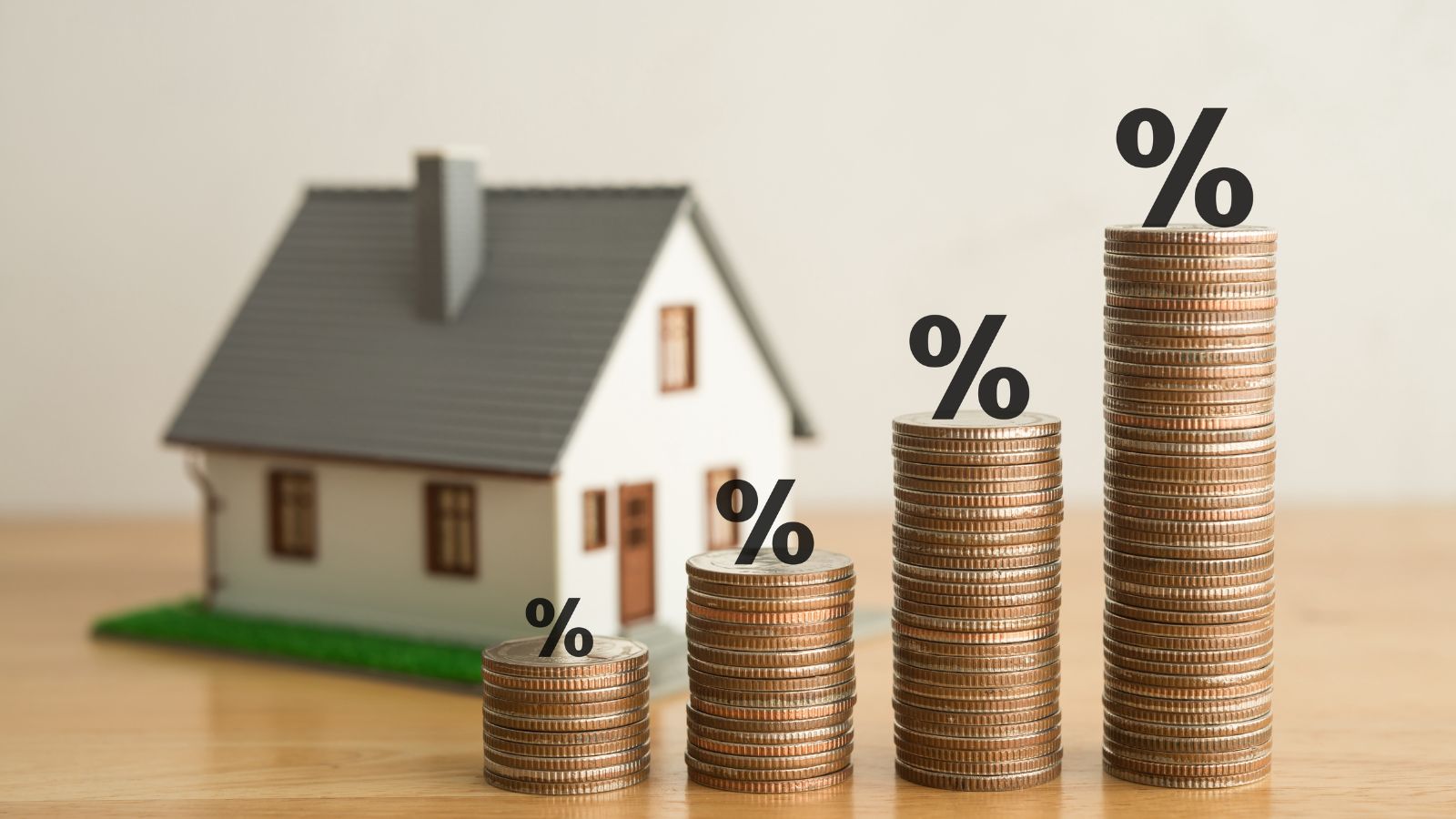
Many new homeowners with a down payment of less than 20% face additional monthly costs for private mortgage insurance (PMI). Though PMI can eventually be removed, it can add hundreds to the monthly payment in the meantime. Be sure to understand how PMI works and when you may be eligible to have it removed, usually after building sufficient equity.
Emergency Fund Shortfalls
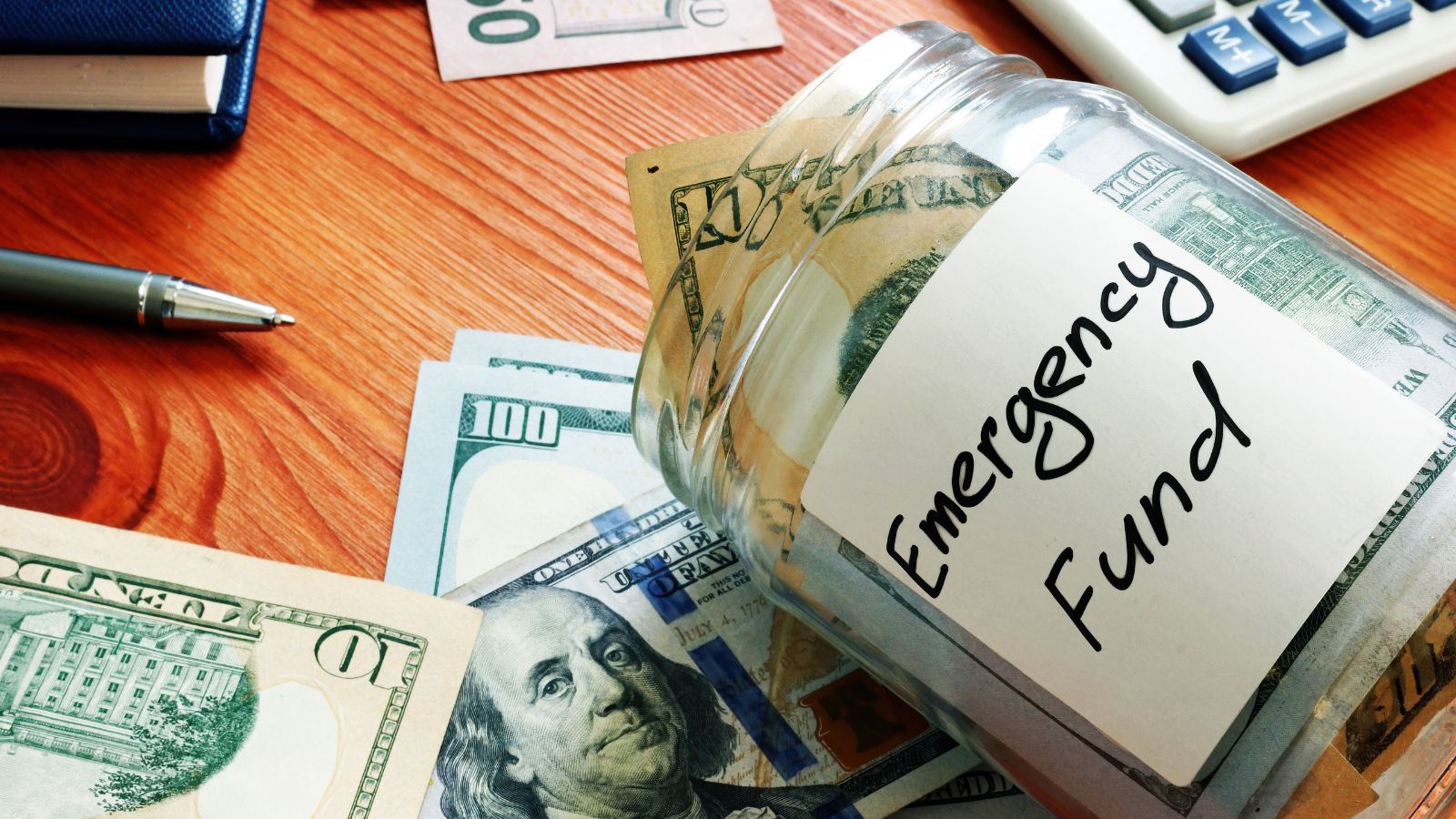
Experts recommend keeping 1-2% of the home’s value in reserve for expenses such as covering costs for unexpected repairs, weather damage, or other emergencies. Unfortunately, this is often overlooked during the home-buying process, leaving new homeowners vulnerable to financial strain when unplanned expenses arise.
Security System Expenses
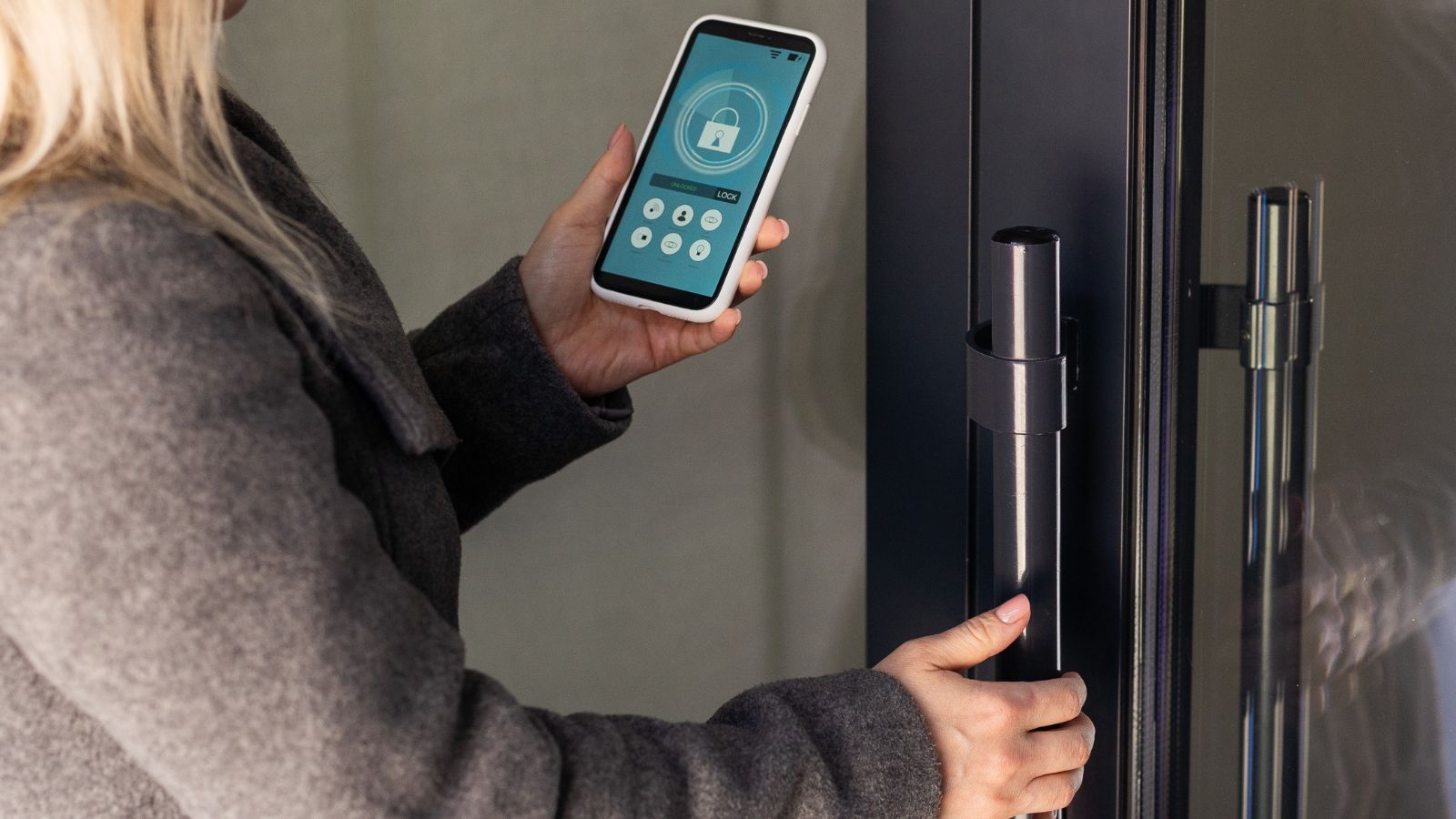
While a security system can provide peace of mind, installation, and monthly monitoring fees add to a homeowner’s expenses. Some systems require frequent repairs, or you may incur early termination fees if you decide to switch providers. Research options thoroughly and consider security systems with lower-cost DIY options if possible.
Appliance Replacements and Repairs
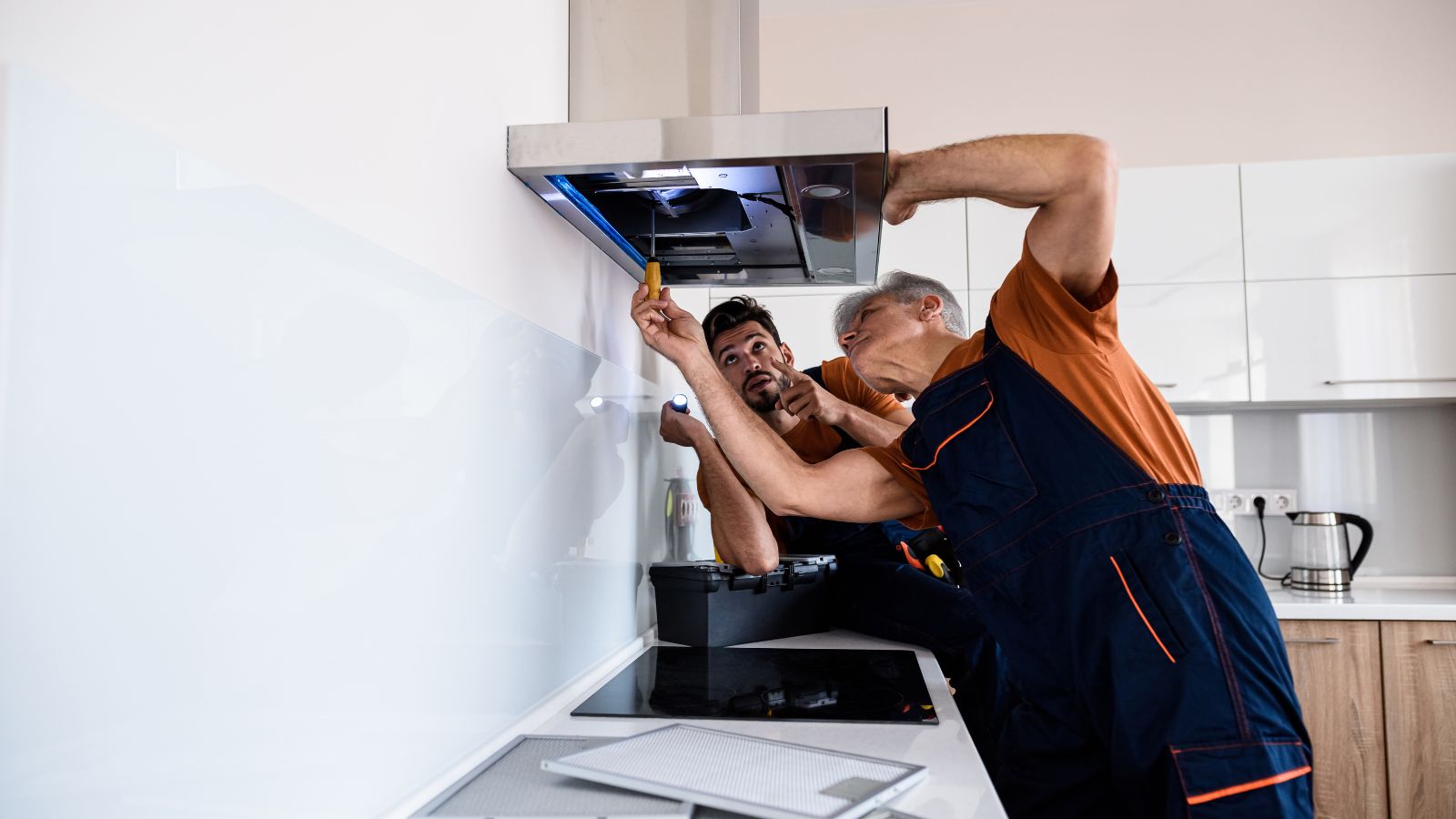
While many homes come with essential appliances, these items can wear out or break down quickly. Major replacements, such as for HVAC systems or refrigerators, are significant expenses, and newer homes are not immune. Homeowners should allocate funds for periodic appliance maintenance and prepare for possible replacements every 10-15 years.
Higher Transportation Costs

Moving to a suburban or rural area can mean longer commutes, higher fuel costs, and increased vehicle maintenance. These costs can be a shock for former city dwellers. It’s helpful to calculate anticipated fuel and vehicle expenses when evaluating new home locations, particularly if the area lacks efficient public transportation.
Snow Removal or Yard Care Equipment
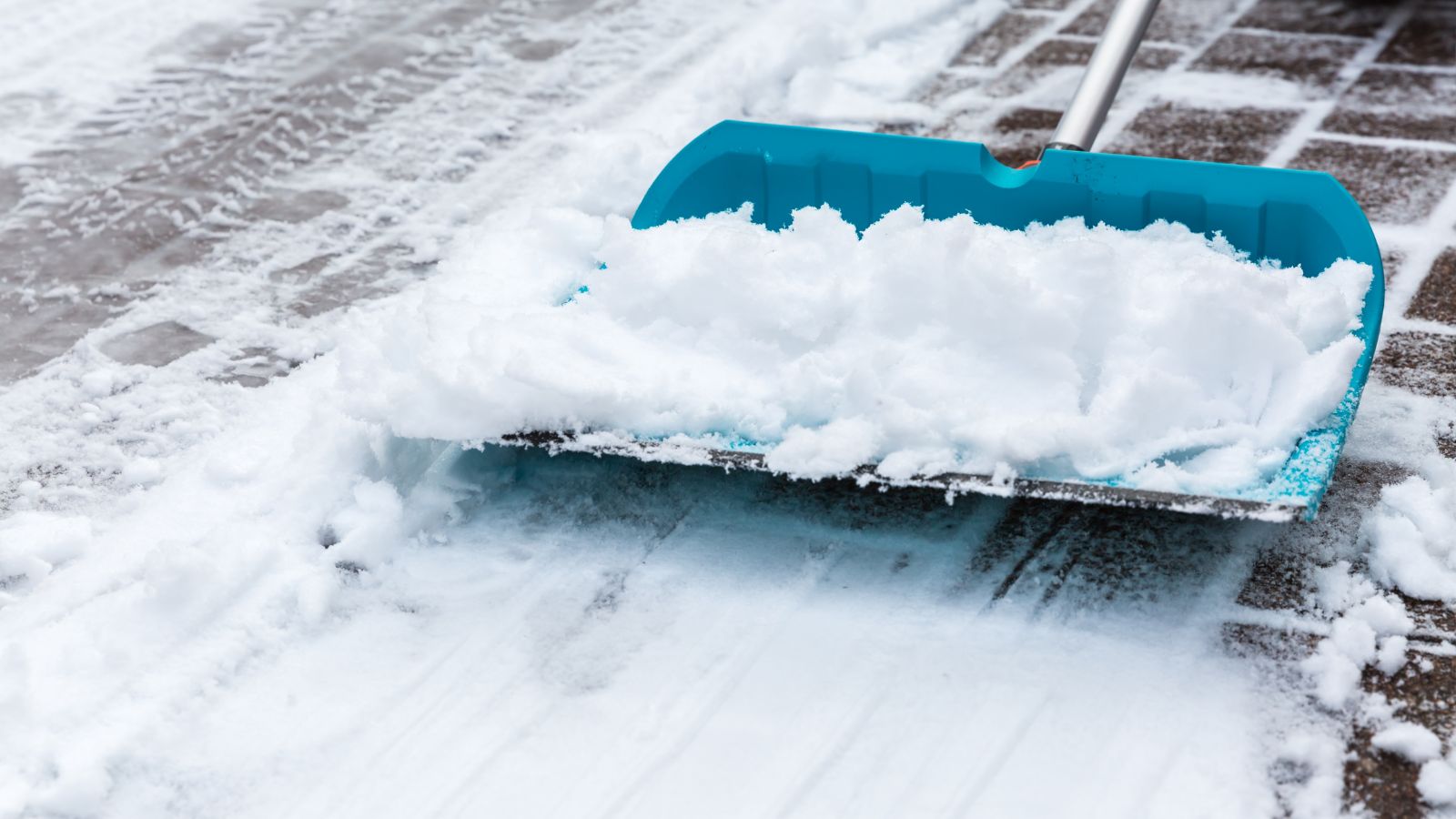 Photo Credit: Shutterstock.
Photo Credit: Shutterstock.
In colder climates, homeowners often need to invest in snow removal equipment or services, while those in warmer areas may need lawn care tools. Mowers, snow blowers, or professional landscaping services can quickly become a necessary expense. DIY options can save money, but the initial investment in equipment can be substantial.
Permit Fees for DIY Home Projects
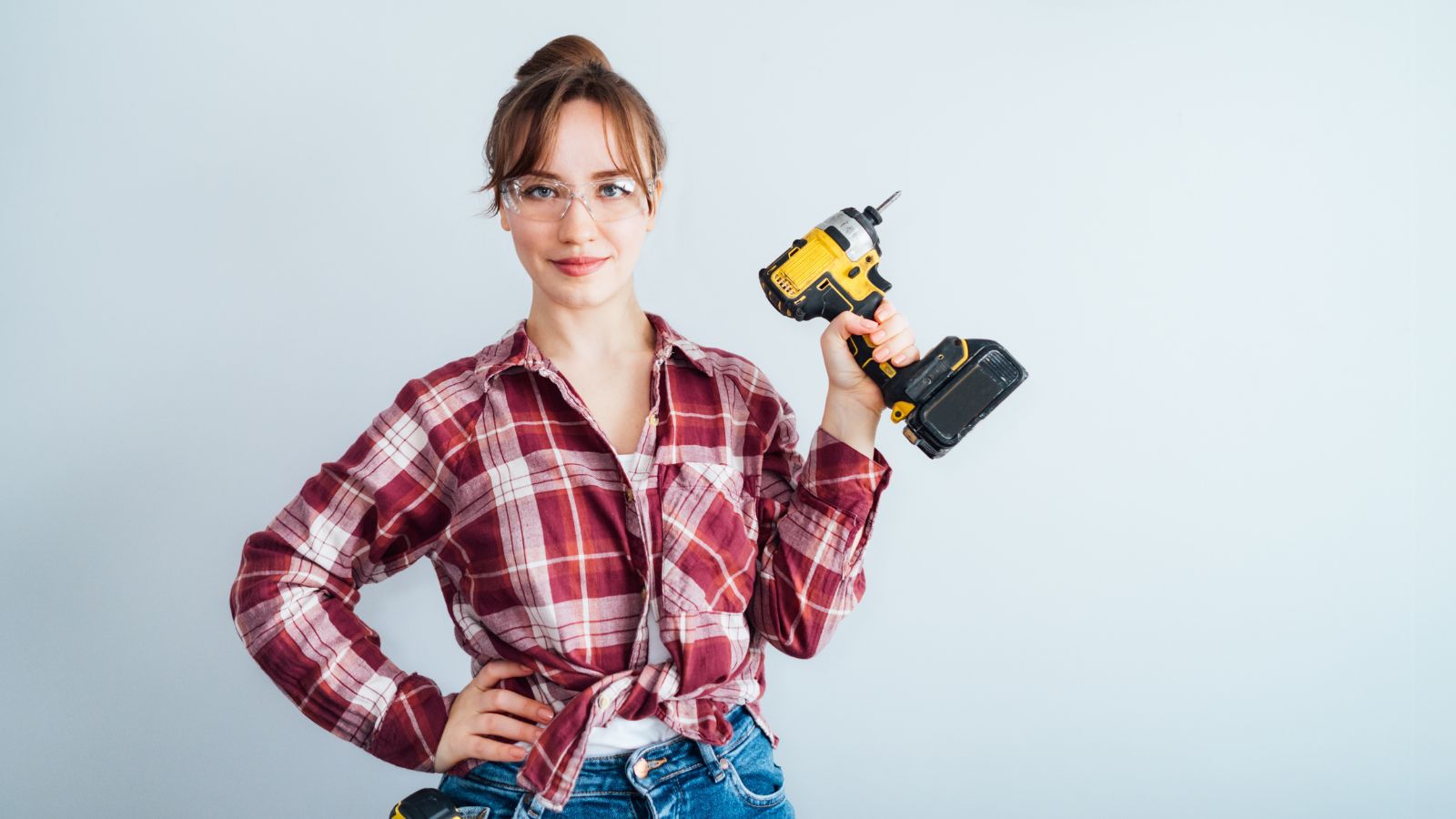
DIY renovations or improvements may require permits, and failure to obtain them can lead to fines or complications if you decide to sell. Common projects like decks, fencing, or even certain types of landscaping often require permits, so it’s best to check with local authorities before starting any work.
Waste and Recycling Removal Fees
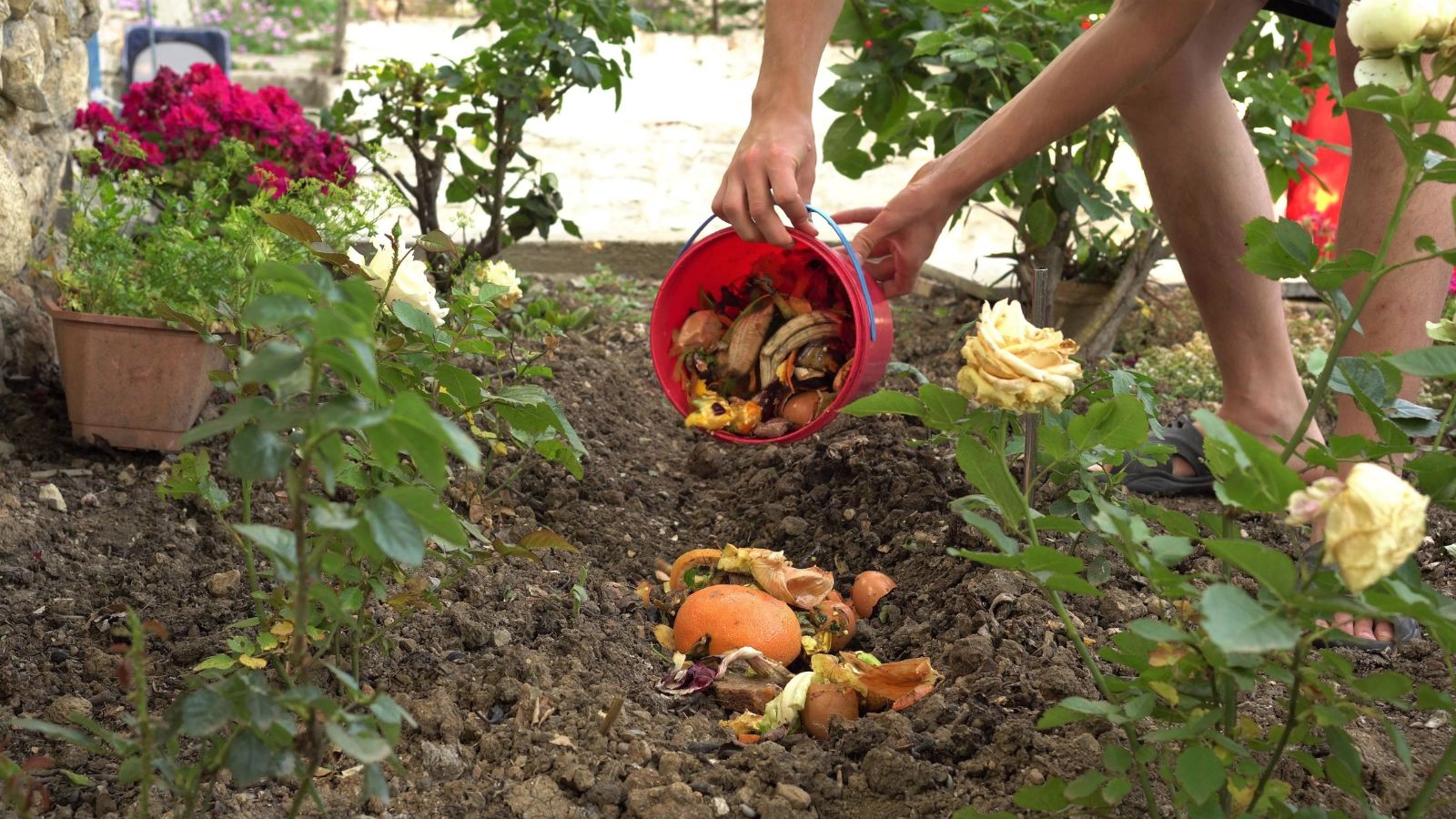
Waste removal costs vary by region, and some municipalities charge extra for services like yard waste or bulk item pickup. Homeowners may also incur additional fees if they exceed their standard trash or recycling limits. Contact local waste management to understand your area’s fee structure.
Window Treatments
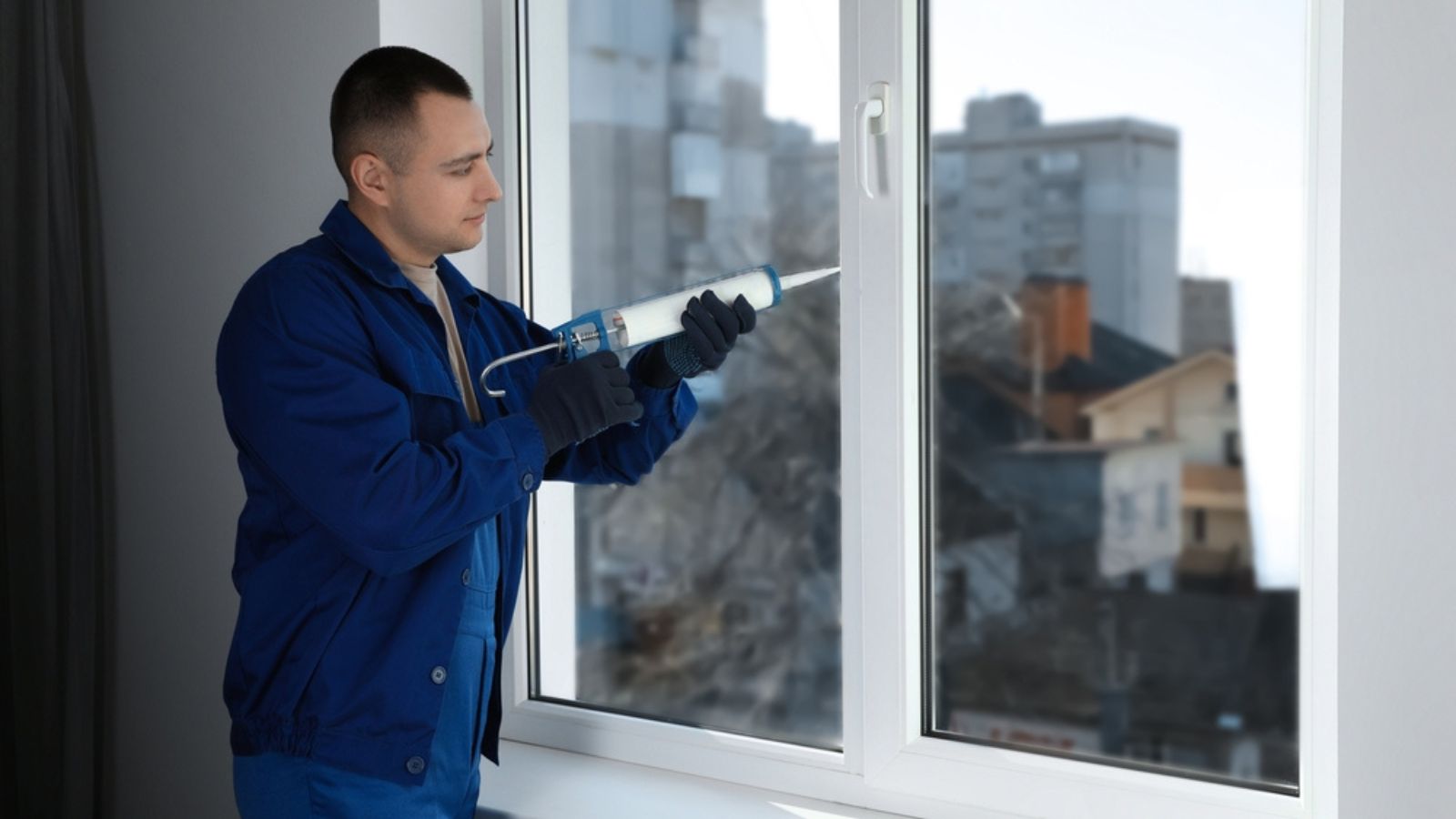
Window treatments are a necessity for privacy, light control, and insulation but can be costly. Custom blinds, shades, and curtains quickly add up, especially for large or uniquely shaped windows. Prioritize the most essential areas initially, and consider DIY installation to save on costs.
Furniture and Entertainment Costs

New homeowners often underestimate the costs of furnishing larger spaces. Additionally, owning a home can increase the likelihood of hosting events, leading to higher expenses for entertainment, food, and decor. Budgeting for these extras and gradually furnishing rooms can help control costs.
Conclusion

Owning a home can be an incredibly rewarding experience, but it comes with financial responsibilities that often extend beyond the obvious expenses of a mortgage and property taxes. With careful preparation and a clear understanding of potential costs, homeowners can focus more on creating a comfortable and stable environment in their new space, knowing they are well-prepared for the journey ahead.
18 Reasons Why People Are Leaving Florida in Masses

Exploring factors that impact the desirability of living in Florida, this list delves into various challenges shaping residents’ experiences. From environmental concerns like rising sea levels to economic factors such as fluctuating job markets, these issues collectively contribute to a nuanced understanding of the state’s appeal.
18 Reasons Why People Are Leaving Florida in Masses
